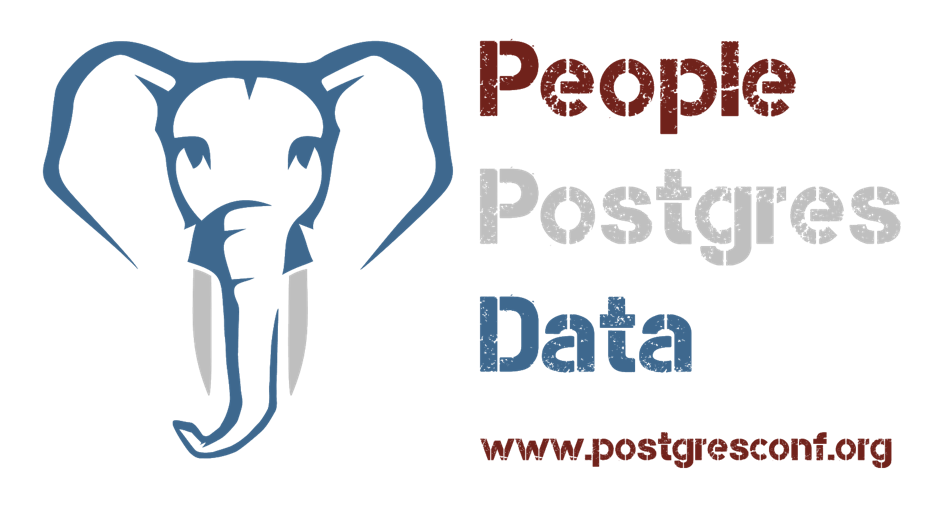#345 — March 4, 2020 |
Postgres Weekly |

|
|
Say Hi to 'Joe Bot', a Postgres Query Optimization Assistant — An interesting project with quite a narrow focus, ‘Joe’ is a Slack (only, for now) chatbot that you can use along with Database Lab (an open source real-time database cloner) to quickly understand real-world query performance in almost real-time. Postgres.ai |
|
How to Write Complex Recursive SQL Queries — The English isn’t perfect as this is a translation, but the author knows his stuff and you could learn something here. Egor Rogov |

Free eBook: How to Get a 3x Performance Improvement on Your Postgres Database — Learn our best practices for optimizing Postgres query performance for customers like Atlassian and how to reduce data loaded from disk by 500x. pganalyze sponsor |
|
Reduce WAL by Increasing Checkpoint Distance — Adjusting checkpoints is useful when tuning a server and improves the database performance. Furthermore, it helps to reduce the amount of write ahead logs overall. Hans-Jürgen Schönig |
|
PGTune: A Web Tool to Create Postgres Configuration Settings — A golden oldie that we haven’t linked for a while. Pick your version of Postgres (now supporting v12 too), say what sort of usage you have, total RAM, etc. and it generates some config settings that will be better than the defaults (though you will still have tweaking to do). Alexey Vasiliev |
|
Parallel Vacuum in the Upcoming Postgres 13 — It’s taken years to come to fruition but the main work to support being able to vacuum in parallel has been committed to Postgres core. Here’s what it means, and the benefits. Hamid Akhtar |
|
Citus 9.2 Speeds Up Large Scale HTAP Workloads on Postgres — If you’ve been wondering “what’s happening with the Citus open source extension to Postgres?” ever since the team went to Microsoft, the short answer is “a lot.” Citus 9.2 includes performance improvements across important areas for HTAP (hybrid transactional analytic processing) including CTEs, aggregate functions, & re-partition joins. Marco Slot (Citus Data) |
|
Webinar: How to Monitor Postgres Like a Pro — Learn why it is essential to monitor Postgres and when not to monitor on this on-demand webinar. EnterpriseDB sponsor |
|
A Quick Interview with Joe Conway — Joe, a Postgres committer, has been working with Postgres almost solidly for twenty years, so he’s got a lot to share. Find out about his background, how he contributes to Postgres, and what his favorite extension is. Lætitia Avrot was interviewed last week too. Andreas Scherbaum |
|
Optimizations in That Guy From Delhi |
|
A Certificate Authentication Recipe for Pgpool-II — A recipe for generating the self-signed SSL certificates and configuring certificate authentication with Pgpool-II. Muhammad Usama |
|
What to Look for if Your Postgres Replication is Lagging — Replication lag can be a common problem, but this post discusses what things to look for when experiencing a replication lag with Postgres. Paul Namuag |
|
|
